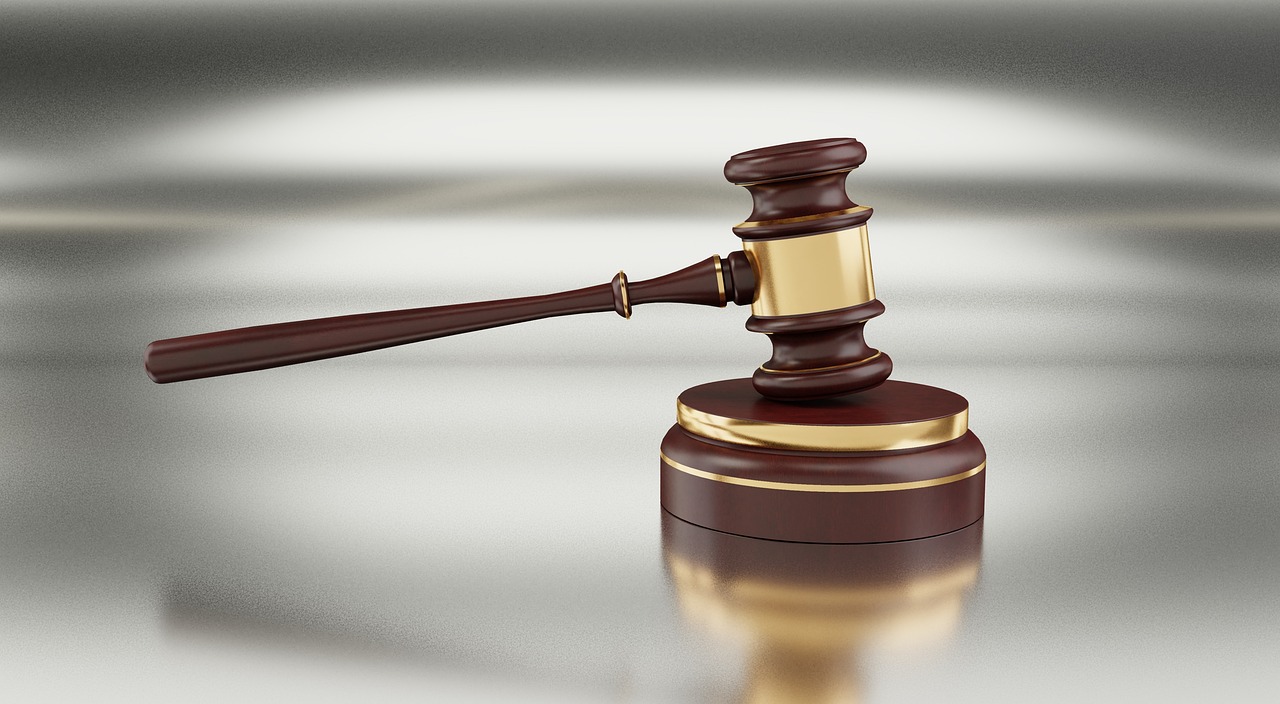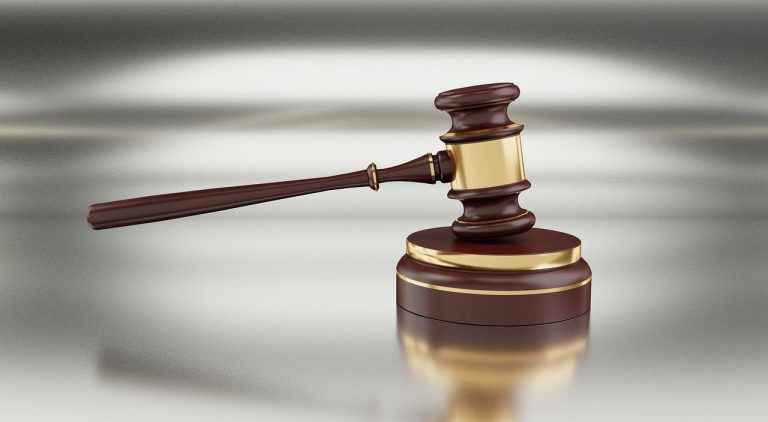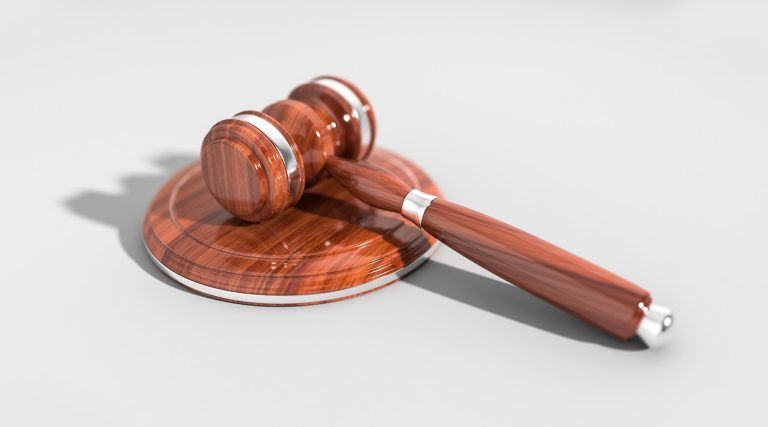Product Liability Lawsuits: When Defective Products Dismantle Wealth
The lawsuits that have become known as product liability cannot be considered as mere skirmishes of the legal contest; they are loaded with major engagements to the extent that they would reduce corporate empires to ashes, as well as impoverish consumers. It could be a death trap in an automobile, a dangerous toy, or a defective healthcare product – the consequences of putting unsafe items on the market run much deeper than the damages. Such suits have frequently culminated in huge payouts, bankruptcies, and irreparable long-term brand damage, and they leave behind a trail of broken fortunes in their wake.
The High Cost of Corporate Negligence
Product liability can have devastating financial consequences to companies, ranging all the way from household brands to pharmaceutical giants. Consider the very famous example of GM (General Motors) and its faulty ignition switches. The fault caused 124 fatalities, various injuries, and settlements and fines of more than 2.9 billion dollars. GM suffered a tarnished reputation, but the bigger story was the financial losses that were caused to the families of victims and shareholders in the long run.
“Product liability lawsuits are often about more than compensation—they’re about accountability and systemic reform,” says William Theodoros, Attorney at Theodoros & Rooth, P.C.. “When companies fail to put safety first, the financial damage can be irreparable for everyone involved.”
Likewise, the case involving talcum powder of Johnson & Johnson subjected the company to over $8 billion in verdicts after being accused of causing cancer. These examples tell of how a single defective item can cause a company years of lawsuits, stock down-sizing, and a permanently tarnished brand.
From Consumers to Corporations: A Chain Reaction of Loss
Besides the injuries that they incur, victims of defective products also end up having long-term financial repercussions. Damaged lives, comprising wages that were lost, medical expenses, and permanent disabilities, may cause individuals to become borrowers or even bankrupt. Spending money on lawyers, paying out to settle lawsuits, and watching the value of formerly valuable stocks plummet cost companies years of work in terms of wealth built up.
“One of the biggest financial mistakes companies make is underestimating the long-term reputational damage of product liability lawsuits,” says Gerrid Smith, Founder & CEO of Fortress Growth. “You can’t recover quickly from a billion-dollar recall—especially if your audience loses trust.”
Even industries like technology and electronic devices are not safe. The Samsung Galaxy Note 7 battery explosion recall cost the firm more than five billion three hundred million dollars. Although prompt measures were taken, the brand suffered the short-term loss of client confidence and a lower market share across the globe.
Bankruptcy as a Legal Strategy
In some instances, businesses go bankrupt as a way of protecting themselves against the suffocating pressure posed by the cost of compensating product claims. The producers of OxyContin, Purdue Pharma, declared bankruptcy as a result of a tidal wave of lawsuits against their product, which demanded billions in restitution due to the addiction and resulting deaths.
“Bankruptcy isn’t just a financial decision, it’s a legal shield,” explains Dr. Nick Oberheiden, Founder at Oberheiden P.C.. “For corporations, it’s often used to reorganize assets and limit exposure, but for victims, it can mean reduced compensation or prolonged court battles.”
This is a legally sound strategy, but it tends to cause outrage amongst the populace. In most cases, the victims perceive justice as being forgotten or watered down, particularly when the funds to pay the compensation are capped by the bankruptcy courts.
Strengthening Compliance and Oversight
In order to avoid such financial crises, firms should spend money on thorough product testing along with adherence and risk management. Rushing through these processes en route to market has cost companies multimillion-dollar recall efforts and class-action suits, as well as regulatory penalties. What is more important is the importance of consumer safety as an actual brand value and not as a binding requirement of the law.
“Internal compliance failures are the root of most product liability cases,” says Timothy Allen, Director at Corporate Investigation Consulting. “Companies need ongoing risk audits and must prioritize ethics alongside innovation.”
Smart brands are now working with third-party auditors and legal counseling agencies to prevent the liabilities of lawsuits by getting ahead of the game. To help safeguard both consumers and shareholders, it is crucial to ensure the supply chain is transparent, improve their internal procedures of quality assurance, and develop a culture of responsibility.
Conclusion
The legal cases of product liability are graphic reminders of the economic and ethical effects of prioritizing financial profit above the safety of its consumers. Failure can cost the business a fortune, in terms of billions of dollars lost, reputation ruined, and lives changed. As a consumer, one may have to fight a battle of justice at the expense of their health, stability, and peace of mind. The necessity of preventative measures turns out to be a non-negotiable issue as corporate responsibility increases in the common conscience. Product safety is no longer a compliance requirement-it lies in the foundation of sustainable prosperity and brand credibility.







